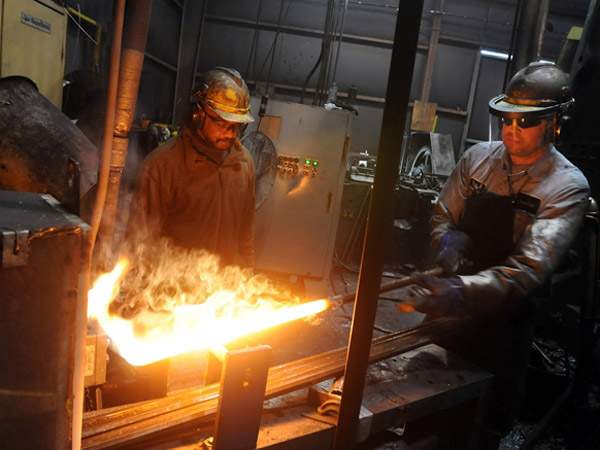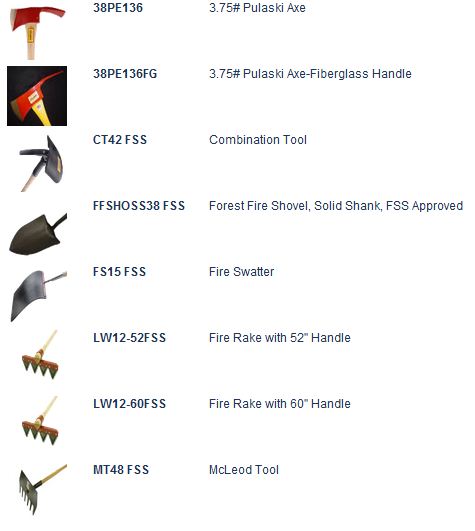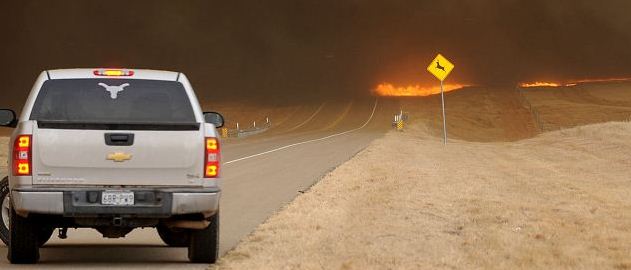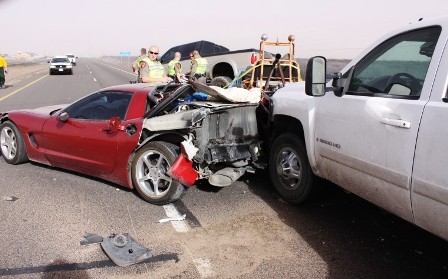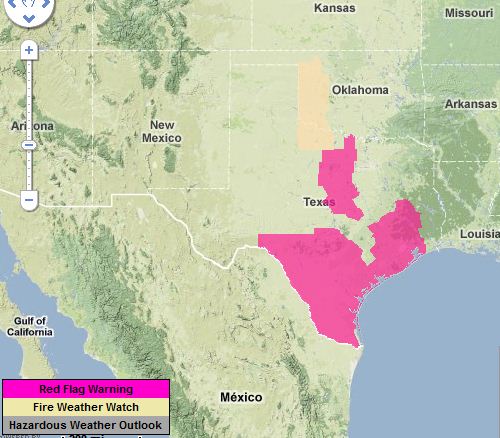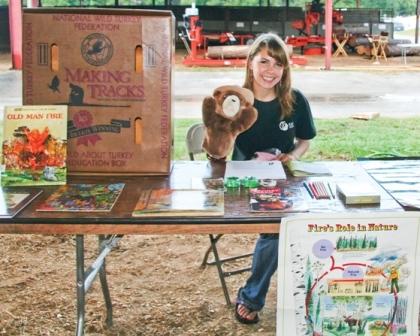Other than the 10,000 acre fire in Florida, here is the wildland fire news for today.
Texas wildfire situation
In the past seven days, the Texas Forest Service responded to 71 fires that burned 136,699 acres, but things are calming down, according to the TFS:
After working numerous fires Sunday and Monday, most of the Texas Intrastate Fire Mutual Aid System (TIFMAS) strike teams will begin demobilizing Tuesday evening. The 12 strike teams were mobilized from fire departments across the state to provide a rapid response in anticipation of Sunday’s wind event. They played a critical role in dozens of fires, including the Tanglewood Complex, Matador West, Quinn Ranch, the Accident Fire and the fire that burned into Colorado City.
One Regional Incident Management Team (RIMT) remains in Amarillo, assisting a TFS team with post-disaster assessments on the Willow and Tanglewood complexes. Four RIMTs remain in Lubbock, Midland, Brownwood, and Mineral Wells to assist with the TIFMAS demobilization and resource tracking process.

European Union funds prescribed fire research
The European Union is funding research to develop an integrated wildland fire management approach that includes the use of prescribed fire. FIRE PARADOX partner Cemagref (France) said:
Fire is a bad master, but a good servant.
Washington state House passes “no man’s land” wildfire bill
The Washington State House of Representatives on Monday passed by a 96-0 vote a “no man’s land” bill that would in part protect firefighters who suppress a fire outside their fire protection districts. The bill is in response to the 49,000-acre Dry Creek fire north of Sunnyside in 2009. The fire was not within any established fire protection district because the residents in that area had not taken the step of funding one. They were relying on firefighters from neighboring areas to suppress fires on their property.
Wildfire Today has previously covered this issue here, here, here, and here.
New Mexico wildfire burns 70,000 acres
Detailed mapping revealed that a fire in southeastern New Mexico on Sunday and Monday burned 70,000 acres.



